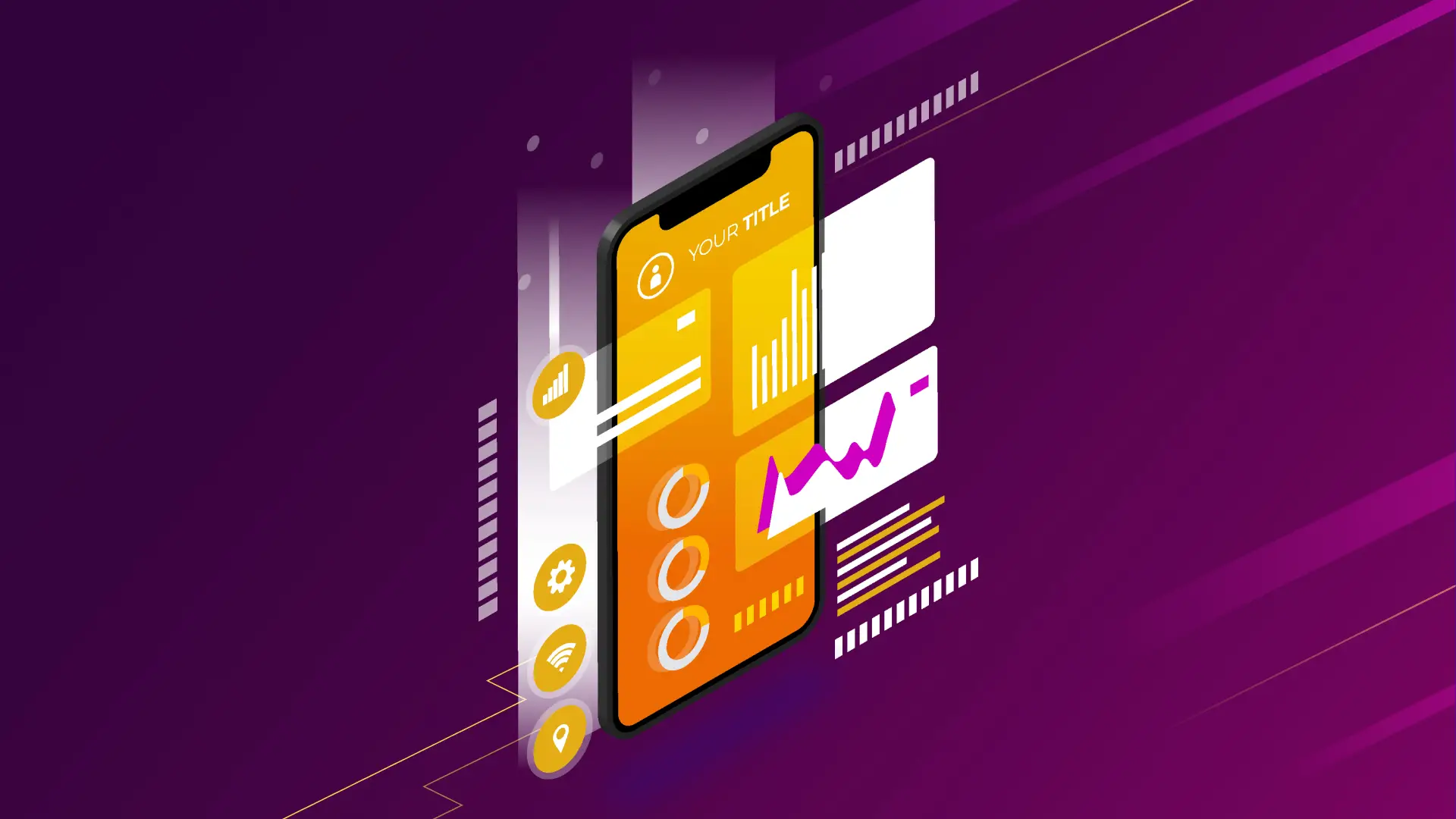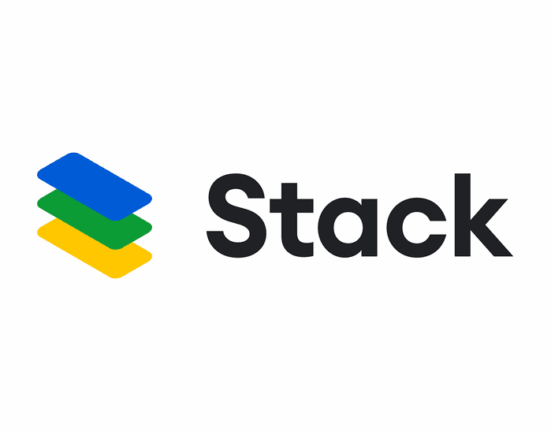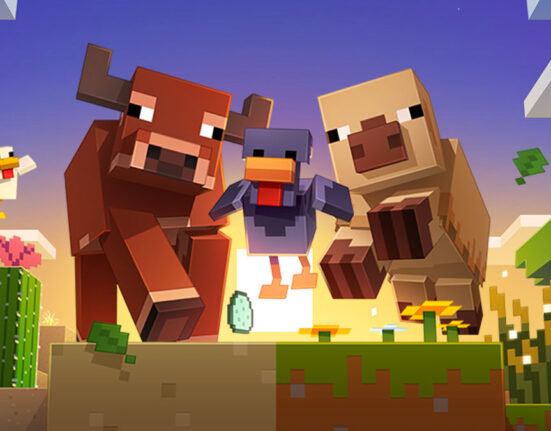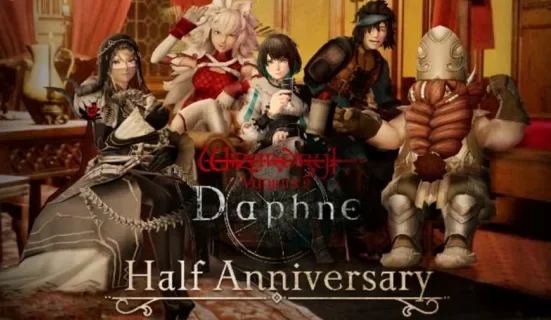Although Apple has recently opened the door to sideloading in select regions, Android users have long had this capability baked into the operating system. Still, despite the freedom to explore alternative app markets, most Android users continue to rely on the Google Play Store as their go-to destination for downloading applications—whether they’re using flagship smartphones, foldables, or entry-level devices. But is there a compelling reason to switch to a third-party app store? Here are five solid arguments why sticking with the Play Store is the smarter move.
1. A Better Environment for Developers
The foundation of a strong app ecosystem begins with the developers behind it.
What separates a good app store from a great one is how it treats the developers who create the apps we use every day. Google has made its Play Store a far more accommodating and cost-effective platform for developers than many of its competitors. To publish apps, developers only need to pay a one-time registration fee of $25. In contrast, Apple’s App Store requires an annual fee of $99, which can be a significant barrier for independent or hobbyist developers.
Moreover, Google’s review process for new apps is typically faster and less restrictive than Apple’s, allowing developers to get their apps out to users with less friction. While this occasionally means a few subpar apps sneak through, it also fosters a creative and innovative ecosystem.
Another major perk? The Play Store comes pre-installed on nearly every Android phone globally, giving developers access to an enormous potential user base. And thanks to features like beta testing support, developers can roll out early versions of their apps to a test audience and gather feedback before the final release—an invaluable tool not commonly available on other platforms.
2. Massive App Selection and Diversity
If you want variety, the Play Store delivers.
When it comes to sheer volume and diversity of content, the Google Play Store is unrivaled. According to the latest data from Statista, it offers over 2.4 million apps—comfortably surpassing the Apple App Store’s 1.8 million and completely dwarfing the Amazon Appstore’s roughly 537,000 offerings. Whether you’re looking for niche utilities, popular games, or productivity tools, the Play Store is almost certain to have what you’re after—and often, multiple alternatives to choose from.
The diversity isn’t just in numbers. The Play Store also embraces categories and app types that aren’t even allowed on other platforms. From emulators and custom launchers to robust file management tools, Android’s open nature allows for a richer and more experimental app environment—something Apple’s more closed system simply doesn’t offer.
3. Install Apps From the Web Without Touching Your Phone
A small feature with big convenience.
One of the Play Store’s lesser-known but extremely handy features is the ability to remotely install apps on your Android device from any web browser. Picture this: you’re on your laptop, stumble across an app recommendation on social media or a website, and with a couple of clicks on the Play Store’s web interface, the app is downloaded and installed on your phone. Next time you unlock it, the app is ready and waiting. It’s a streamlined process that saves time and doesn’t require you to constantly be holding your phone.
This feature alone makes the Play Store more versatile than many of its counterparts, especially for people who work across multiple devices or frequently browse app recommendations online.
4. Earn Rewards With Google Play Points
Get something back from your purchases.
Google’s Play Points program is another reason the Play Store stands out from the competition. Launched in 2019, the program gives users points every time they spend money in the store—whether it’s on apps, games, in-app purchases, subscriptions, or even digital books and movies. These points can then be redeemed for Play Store credit, exclusive discounts, or even charitable donations.
The program features four tiers—Bronze, Silver, Gold, and Platinum—with higher tiers offering better reward rates and occasional bonus multipliers on select purchases. It’s a simple but effective way to make your spending work for you, and it’s a feature largely absent from other app ecosystems.
5. Play Pass Offers Tremendous Value
Top-tier apps and games at a fraction of the cost.
If you’ve ever hesitated to buy premium apps or games because of the cost, Google’s Play Pass subscription offers an elegant solution. For a modest monthly fee, Play Pass unlocks access to hundreds of paid apps and games—without ads and with all in-app purchases included.
What makes Play Pass especially appealing is its flexibility. You’re not just getting games, but also a wide selection of utilities, productivity tools, and family-friendly content. Better yet, one subscription can be shared with family members, offering even more value.
While Apple offers a similar service in the form of Apple Arcade, it’s limited strictly to games and doesn’t include paid apps. Plus, the titles offered under Arcade are exclusive and can’t be downloaded individually unless you’re subscribed. In contrast, Play Pass provides access to a broader range of apps that retain their standalone usability even outside the subscription model.
Bonus: A Store That’s Often Underrated
It’s time to appreciate what the Play Store does right.
Despite everything it offers, the Play Store often doesn’t get the credit it deserves. It’s easy to overlook features like generous refund policies, family sharing, and advanced review filters, but they collectively contribute to a user-friendly and flexible experience. It’s not flawless—no app store is—but Google’s approach to accessibility, developer support, and user choice makes the Play Store arguably the best app marketplace out there.
In the end, whether you’re a casual user or a power downloader, the Google Play Store delivers a combination of convenience, value, and variety that other app stores just haven’t matched yet.






